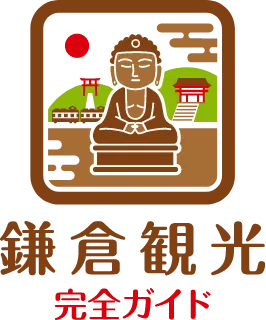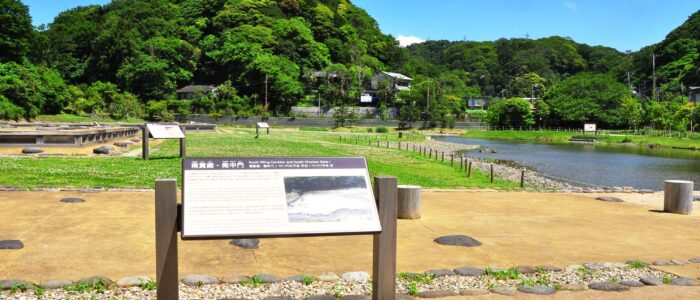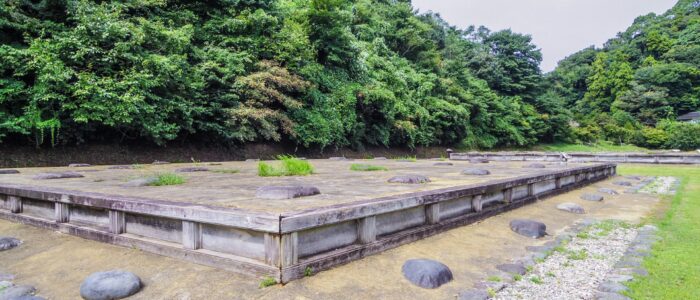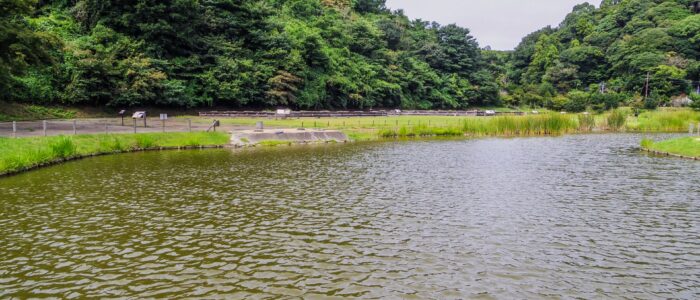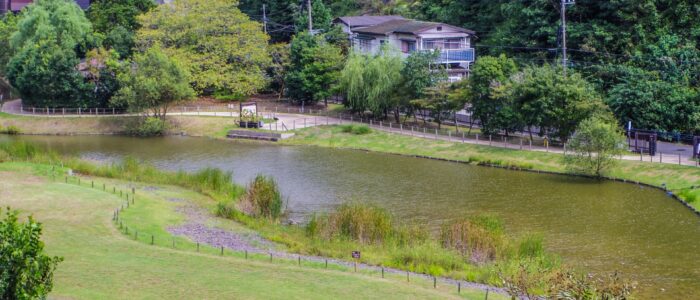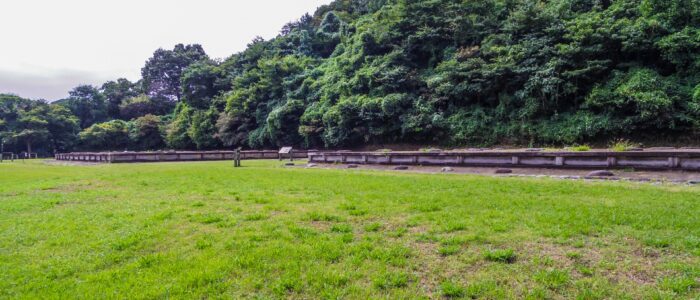Ruins of Eifuku-ji Temple (永福寺跡)
Discover the Ruins of Eifuku-ji Temple (永福寺跡)
The Ruins of Eifuku-ji Temple mark the site of a magnificent temple complex built in the late 12th century by Minamoto no Yoritomo (源頼朝), the first shogun of the Kamakura shogunate. Inspired by Chuson-ji Temple (中尊寺) and Muryoko-in Temple (無量光院) in Hiraizumi, which Yoritomo admired during his campaign in the north, the temple was his vision of a spiritual and cultural ideal. The main hall was a two-story structure, and its legacy lives on in the place name “Nikaido” (二階堂), which literally means “two-storied hall.”
When Is the Best Time to Visit?
Spring brings mountain cherry blossoms and red peach flowers, summer offers lotus blooms, and autumn is filled with colorful leaves. Since the site is a bit removed from Kamakura’s busy tourist areas, it remains calm and rarely crowded. Early mornings are especially quiet and reflective. Guests staying at Tosh’s Place (トシズプレイス) can take advantage of free morning hours for a peaceful visit.
Photo Highlights and Must-See Spots
The original temple layout featured a central two-story main hall (Nikaido), flanked symmetrically by Amida and Yakushi halls, with a pond-fronted Jodo-style garden. Today, based on extensive archaeological research, the site has been restored to include foundational stones, stone settings, upright stones, island features, and the pond’s edge. A large rock known as “Shigetada’s Stone” draws attention—legend says Hatakeyama Shigetada (畠山重忠) placed it there by himself.
Cultural Significance and Spiritual Role
The temple was built to commemorate those who perished in the Ōshū campaign, including Minamoto no Yoshitsune (源義経) and Fujiwara no Yasuhira (藤原泰衡). Located in Kamakura’s northeast “kimon” (鬼門) direction, the site also served as a protective boundary against negative spiritual influences, following principles of Onmyodo. Historical records mention cultural events like kemari (ancient football) and moon-viewing parties held at the temple, making it a place where religion, politics, and culture intersected.
Access and Hours
The site is about 30 minutes on foot from JR Kamakura Station (鎌倉駅), or 10 minutes by bus plus 5–10 minutes of walking. It’s open from 9:00 AM to 5:00 PM (April–October) and until 4:30 PM (November–March). Admission is free. The grounds include walking trails and a viewing platform, but note there are no toilets and bicycles or motorcycles are not allowed inside. Please plan accordingly.
Nearby Spots Worth Visiting
In the surrounding area, you’ll find Kamakura-gu Shrine (鎌倉宮), Zuisen-ji Temple (瑞泉寺), and Egara Tenjin Shrine (荏柄天神社)—all historically rich and naturally beautiful. Walking among them offers a deeper sense of Kamakura’s layered charm.
Who Should Visit?
Ideal for those interested in historical architecture, medieval culture, or a peaceful walk through nature. If you enjoy slow travel, this site offers a perfect morning outing—especially if you’re staying at Tosh’s Place (トシズプレイス).
Wrap-Up: Ruins of Eifuku-ji Temple and a Local Way to Experience Kamakura
The Ruins of Eifuku-ji Temple is one of Kamakura’s most thoughtful and tranquil historical locations, reflecting Minamoto no Yoritomo’s (源頼朝) spiritual ideals and political vision. The quiet grounds invite reflection on the religious and cultural atmosphere of the Kamakura period. Staying at Tosh’s Place (トシズプレイス) makes it easy to visit this calm and meaningful site as part of a flexible, enriching itinerary.
